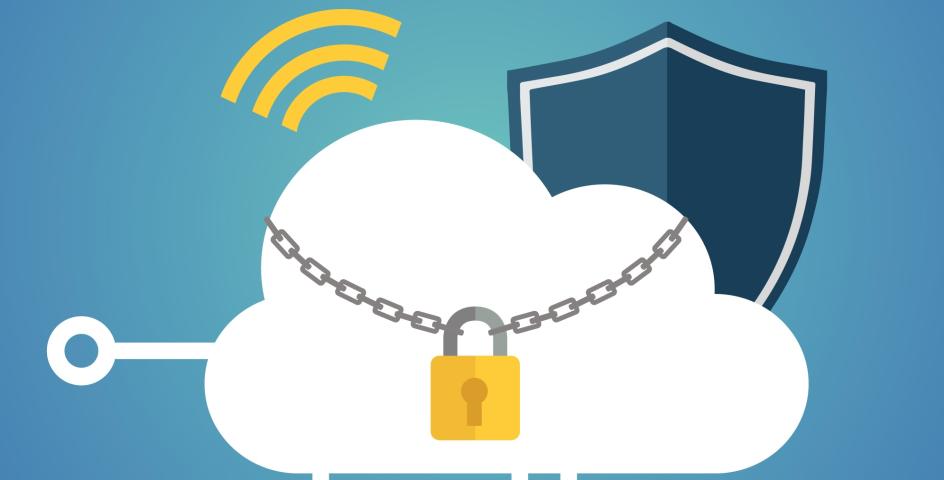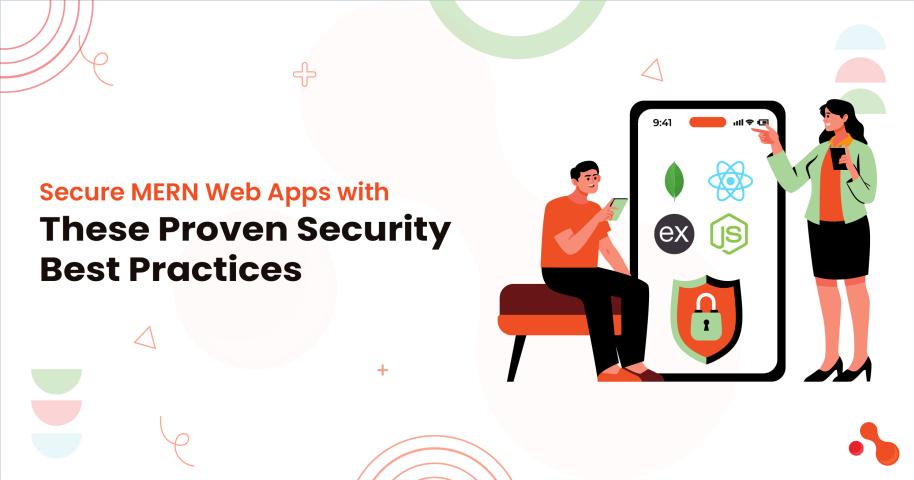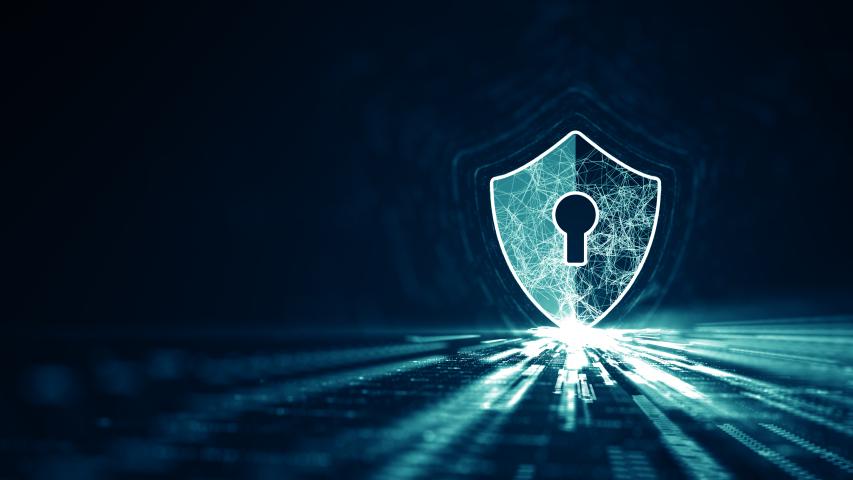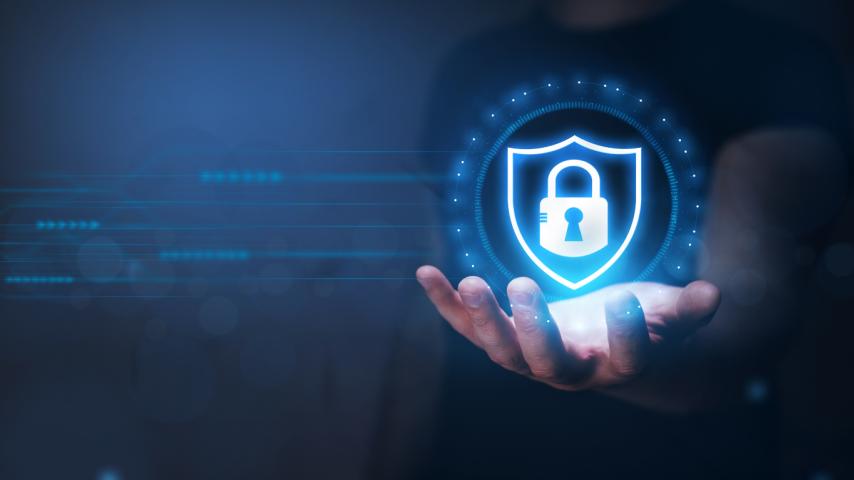In today’s evolving digital landscape, network security has become a primary concern for businesses and professionals alike. With the rapid rise of cyber threats and the increasing complexity of network infrastructures, staying up-to-date with the latest security trends is essential. For CCIE Security experts, who are among the elite in network security, understanding these trends is crucial for maintaining a robust and resilient security posture. This blog will delve into the top trends shaping the future of network security and the essential skills that CCIE Security professionals should master to stay ahead in their field.
1. Artificial Intelligence (AI) in Network Security
AI continues to transform many industries, and network security is no exception. Its capabilities in data analysis, anomaly detection, and predictive threat intelligence make AI a valuable tool for CCIE Security professionals. By analyzing vast amounts of data in real time, AI-driven tools can detect unusual patterns and alert security teams to potential threats. As a result, organizations are better equipped to respond to cyber threats before they escalate.
How AI Strengthens Network Security:
Threat Detection: AI identifies anomalies by analyzing traffic patterns, helping professionals spot potential threats faster.
Automation: Routine tasks like log analysis and incident reporting can be automated, freeing up time for CCIE Security experts to focus on critical issues.
Predictive Capabilities: AI-driven solutions can anticipate future attacks based on historical data, allowing companies to build proactive defense strategies.
For CCIE Security professionals, mastering AI tools and techniques is becoming increasingly important, as AI integration will only deepen in the years to come.
2. Zero Trust Architecture: A “Never Trust, Always Verify” Approach
The Zero Trust model operates on the principle of “never trust, always verify,” which requires strict identity verification for anyone accessing resources, regardless of their location. Unlike traditional security models, which trusted users within the network perimeter, Zero Trust treats all users as potential threats.
Benefits of Zero Trust for Network Security:
Minimizes Internal Threats: By continuously verifying users, Zero Trust significantly reduces the risk of internal breaches.
Micro-Segmentation: It allows network segmentation into smaller parts, limiting attackers’ ability to move laterally across networks.
Enhanced User Access Control: Zero Trust ensures access is given on a need-to-know basis, minimizing exposure to sensitive data.
Implementing a Zero Trust approach requires skilled professionals, like those in CCIE Security, to design, deploy, and manage these systems. As this model gains traction, organizations are increasingly prioritizing Zero Trust to enhance their network security.
3. Secure Access Service Edge (SASE): Converging Security and Networking
Secure Access Service Edge (SASE) is an innovative approach that combines networking and security functions into a single cloud-based service model. With remote work on the rise, SASE offers a comprehensive solution for securely connecting users to applications, regardless of location. By integrating security services such as secure web gateways, CASB (Cloud Access Security Broker), firewall-as-a-service (FWaaS), and Zero Trust, SASE has become essential for companies seeking streamlined security solutions.
Why SASE Matters for Network Security:
Scalability: It easily adapts to changes in the workforce, making it ideal for companies with remote or hybrid setups.
Cost Efficiency: By consolidating networking and security, SASE reduces the need for multiple vendors and tools.
Improved Security Posture: The model enforces secure connections across distributed environments, ensuring consistent protection.
CCIE Security professionals need to be adept in SASE to help organizations adopt this modern approach, as it is reshaping the way network and security functions are deployed and managed.
4. Quantum Security: Preparing for a New Generation of Cyber Threats
Quantum computing has the potential to revolutionize computing, but it also poses a significant threat to traditional cryptographic methods. Quantum computers can break complex encryption algorithms much faster than classical computers, making data vulnerable to cyberattacks. Consequently, quantum security—or post-quantum cryptography—has emerged as a key area of focus for network security experts.
The Role of Quantum Security in Network Protection:
Post-Quantum Cryptography: Developing new cryptographic algorithms that can withstand quantum attacks is essential for future-proofing network security.
Data Protection: Quantum-safe encryption ensures that sensitive information remains secure, even against quantum threats.
Forward-Thinking Security Measures: As quantum computing becomes more accessible, the urgency for CCIE Security professionals to understand and implement quantum-resistant protocols will grow.
Organizations are already exploring quantum-resistant encryption to protect their data from the threats that quantum computing may bring. For CCIE Security professionals, familiarizing themselves with quantum security is vital to ensuring their organization remains resilient as new threats emerge.
5. Extended Detection and Response (XDR): Integrating Security Across Platforms
Extended Detection and Response (XDR) offers an integrated approach to threat detection and response across multiple security layers. Unlike traditional endpoint detection and response (EDR) solutions, which focus only on endpoints, XDR consolidates data from networks, servers, email, and other components, providing a holistic view of security incidents.
Benefits of XDR for Network Security:
Comprehensive Threat Detection: By consolidating data from various sources, XDR identifies threats that would otherwise go unnoticed.
Faster Response Times: Security teams can respond to incidents more quickly due to centralized data and automation.
Reduced Complexity: XDR eliminates the need for multiple point solutions, simplifying security management.
For CCIE Security experts, adopting XDR is essential in delivering better security coverage and streamlined response processes, especially as organizations continue to expand their digital assets.
6. Cybersecurity Mesh: A Flexible, Decentralized Security Strategy
The cybersecurity mesh is an architectural approach that creates a scalable, flexible, and modular security framework. By adopting a mesh structure, organizations can integrate security tools to work in a cohesive, decentralized manner. This model is particularly beneficial in today’s hybrid cloud environments, where resources are dispersed.
Why Cybersecurity Mesh is Transforming Network Security:
Enhanced Interoperability: A mesh approach allows security tools to work together seamlessly, enhancing protection across digital assets.
Resilience Against Attacks: With decentralized defenses, organizations are less likely to experience widespread damage from a single breach.
Improved Visibility: Security teams gain real-time insights into the entire ecosystem, facilitating faster threat detection.
CCIE Security professionals are increasingly recognizing the cybersecurity mesh as a forward-looking strategy that provides adaptability and resilience. As networks evolve, a cybersecurity mesh can help ensure that security keeps pace.
Preparing for the Future of Network Security
As cyber threats grow in sophistication, it’s clear that network security must evolve to meet new challenges. For CCIE Security professionals, staying informed and proactive in adopting these trends is essential to maintaining strong defenses. From leveraging AI and Zero Trust principles to preparing for quantum threats and implementing SASE, these advancements shape the future of network security.
For individuals interested in mastering these trends, investing in CCIE Security training is a strategic move. Not only does it equip professionals with the skills to tackle modern threats, but it also provides a foundation for adapting to new and emerging technologies. As organizations seek robust security solutions, CCIE Security experts trained in the latest methods will be instrumental in shaping a secure digital future.







